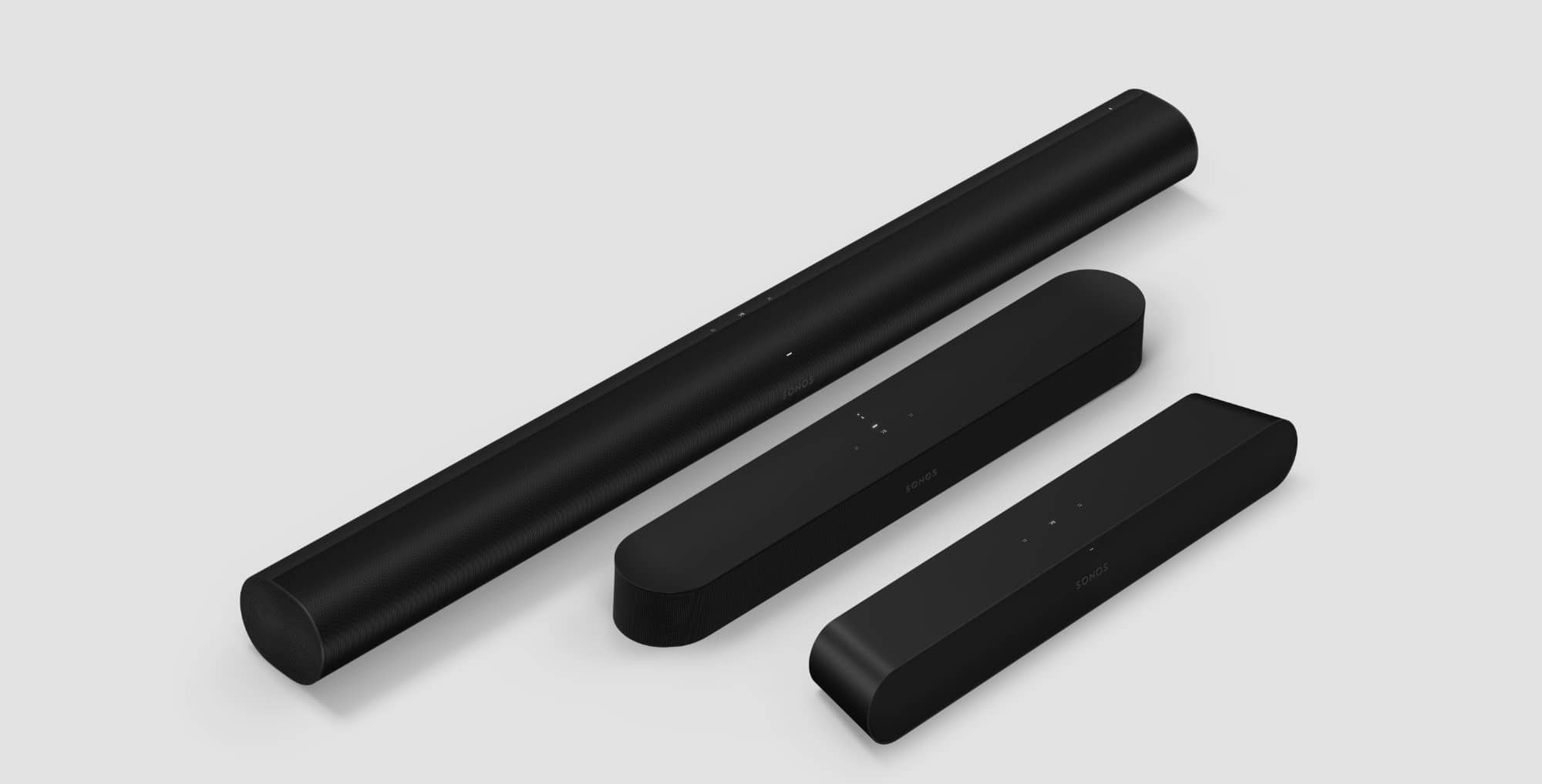This week on The Wrap, dive into a review of the $399 Sonos Ray, plus what’s new in PCs from Microsoft and LG, and more, all in five.
Subscribe to The Wrap at Apple Podcasts…Transcript
It’s the first few days of June and close to the middle of 2022, and you’re listening to The Wrap, Australia’s fastest technology roundup, and with the past couple of weeks being practically dominated by TV news, this week has been more of a grab bag of things that connect.
While Philips and LG and Bang & Olufsen and Anker have offered up news for Australians keen to project big screen aspirations, this week has included things that improve how you hear those gadgets, plus a bunch of other things, so let’s get stuck in.
Starting with computers, because there are a few more of those on the way.
While Apple’s Worldwide Developer’s Conference this week will likely give us a taste of a new MacBook Air, maybe rather than likely actually, it’s not just rumours and speculation about Apple’s gear that has been making its way around.
LG announced that it has three styles of laptop refreshes on the way, coming in its ultra-light “Gram” laptops, which are basically MacBook Air competitors made to be very light.
The new models will get Intel’s latest from the 12th generation Core i5, and they’ll come in at 14, 16, and 17 inch computers. Where they get interesting is just how light that are, with both the 16 and 17 inch LG Gram laptops hitting just over a kilogram, while the 14 inch Gram model manages to get in at just under one kilogram, sporting a weight of 999 grams.
We’re not sure how many people are counting those grams specifically, but if you’re used to carrying a heavy chunker of a laptop around with you, this could well be a computer to consider.
Alternatively, there’s what Microsoft has, which claims to be a MacBook Air competitor, and might be, but also might not. It’s coming in the Surface Laptop Go 2, a generation of its Surface computers that comes with the keyboard built in – already a positive over the keyboard-less Surface Pro – and offers up a 12.4 inch screen with a slightly lower screen res. That’s something we weren’t thrilled about in last year’s model, the Go 1, but Windows 11 is along for the rise, as are new chips, though not as new as Intel’s 12th gen, offering 11th gen, instead.
The price is where things get confusing, because in America, the starting price of the Laptop Go 2 is $599 which should max out at a grand here, but instead starts at $1200, which feels like the Australia tax in action.
We’re not sure Microsoft is really nailing value here, but we’ll find out for sure when they arrive for review.
In the meantime, let’s talk TVs, or more specifically, gear designed to connect to one, as that’s an area we don’t always think about.
Big screens and projectors are one way to view something, but if your sound isn’t strong, the experience can be less than impressive.
Two options turned up this week to account for that, and they are totally different.
On the one hand, there’s what’s coming from Sennheiser, in the TV Clear. This is a way to personalise the sound experience of TV viewing so that the whole thing is louder for one person, possibly if they’re hard of hearing.
It’s like yet another pair of truly wireless earphones, something Sennheiser makes a few of, but these connect to your TV by way of a transmitter, allowing you to listen to your TV’s sound independent of the regular volume, while letting someone else just listen via the speaker.
We’ve seen Sennheiser dabble in headphones like this before, but never truly wireless earphones, and in an interesting twist, they’ll also work with phones and tablets.
They won’t be cheap, costing a little over 600 dollars in Australia when they arrive later this year. We’re not sure if Sennheiser’s TV Clear will work with a sound system, but speaking of sound systems, there’s also one of those this week, which we’re reviewing now.
And it’s something that’s much less pricey, a soundbar fetching $399 in Australia. That’s inexpensive, and intentionally so, as Sonos looks to take care of people who might be looking for a sound upgrade without extras like Dolby Atmos spatial sound.
It’s a fairly basic soundbar, but an easy one, producing a good balanced sound in a minimalist design, all while supporting most of what makes a Sonos a Sonos. It’ll do the music synchronisation across multiple speakers, play music from services, and supports AirPlay, all in a three channel sound system.
There’s no sub or rear speakers, but you can add them in later if you like, because it’s compatible with other Sonos speakers.
Even without them, the Sonos Ray is a good balanced soundbar designed for people who want an upgrade without necessarily spending an arm and a leg. Decent soundbars typically cost over $500, and this one doesn’t. You don’t get the really cool 3D sound stuff, and there’s no voice assistant, but even without them, it’s still a solid value.
Great sound is really the point, and great value at that. You can get less expensive soundbars, but few with this level of balance. If you don’t need the extra stuff, this is one soundbar to check out.
And for this week, you’ve checked out The Wrap, Australia’s fastest technology roundup. A new episode can be found each week at Listener, Spotify, and Apple Podcasts. For now, have a great week, and we’ll see you next time on The Wrap. Stay safe, stay sane, and take care.





